Mexico City, Design City
Mexico City is an almost inexhaustible source of creativity based on the rich Mexican history. Every year in October, Design Week Mexico is organised, and in 2018 Mexico City was named design capital of the world after Helsinki, Cape Town and Taipei. As a result of this, together with Sapa Pana Travel and travel journalist Jurriaan Teulings, we published an article in the magazine Villa d'Arte.

Johan about Mexico
"Mexico is known to many for its rich history. It is the cradle of ancient pre-Columbian civilizations such as the Zapotecs, Aztecs, Elmecs and of course the Mayans. The capital, Mexico City, is literally built on the ruins of the Aztec city of Tenochtitlan, destroyed by Hernán Cortés. Mexicans know how to reinvent themselves with the many outside influences over the centuries without forgetting their history and renouncing their heritage".
A number of Mexican museums allow the rich history to come together with contemporary Mexican design in a unique way. One of the oldest, best and best-known examples is the Museo Nacional de Antropología in the Chapultepec park in Mexico City, where architect Pedro Ramírez Vázquez created the housing for the most important historical Mexican heritage in 1964 with a revolutionary design for that time. In 2011, Fernando Romero, one of the most prominent Mexican architects of the time, created the Soumaya Museum, where the extensive art collection of his father-in-law Carlos Slim is exhibited. And in Puebla you will find the International Museum of the Baroque, housed in an architectural pearl of modern design.”
Below you will find Jurriaan's article and a mini guide to Mexico City Design.
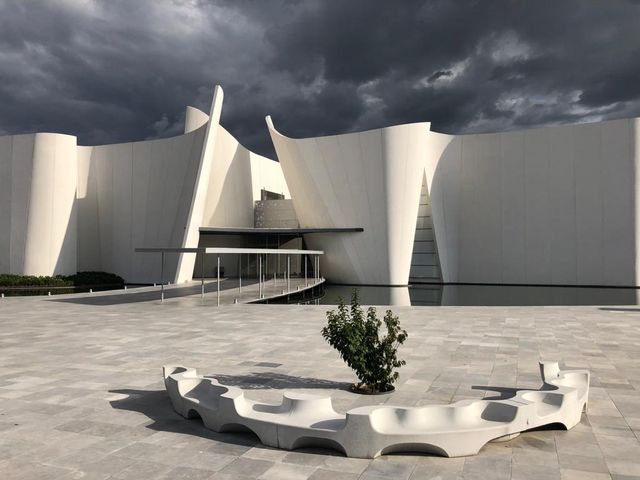

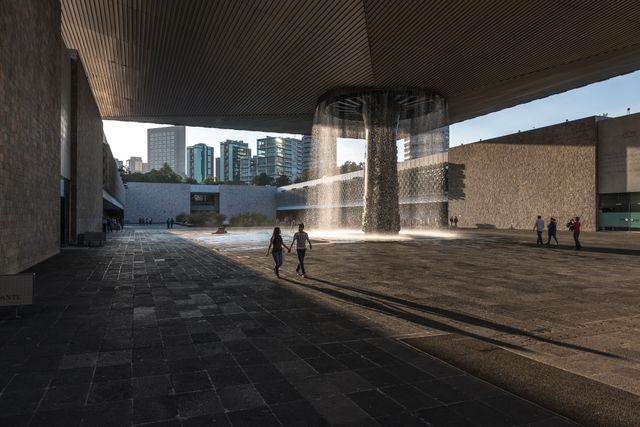
Text and photography Jurriaan Teulings
Translations by Sapa Pana Travel
“ Mexico City is officially the design capital of the world this year (2018). The informal and chaotic metropolis is bursting with proud creativity. ”
Top Mexican design
In Roma Norte, one of the hippest districts of Mexico City, there is a striking design shop for motorbike enthusiasts: Concept Racer. The owner, designer Miguel Lerdo de Tegera, gives a passionate speech there. Since presidential candidate Donald Trump made his first derogatory remarks towards Mexicans, he has banned all American products - up to the bottles of Coca-Cola in the fridge. What remains is Mexican. He points at bright yellow motorbike gloves, T-shirts lettered with the font of the 1968 Olympic Games in Mexico City, and prints with gods of pre-Columbian peoples. "All my designs make subtle references to Mexico." Even a motorbike helmet with a skull on it is in the typical confessional colours of the Mexican All Saints. These are all examples of the Mexican hybrid identity, in which there is always a dash of indigenous mythology.
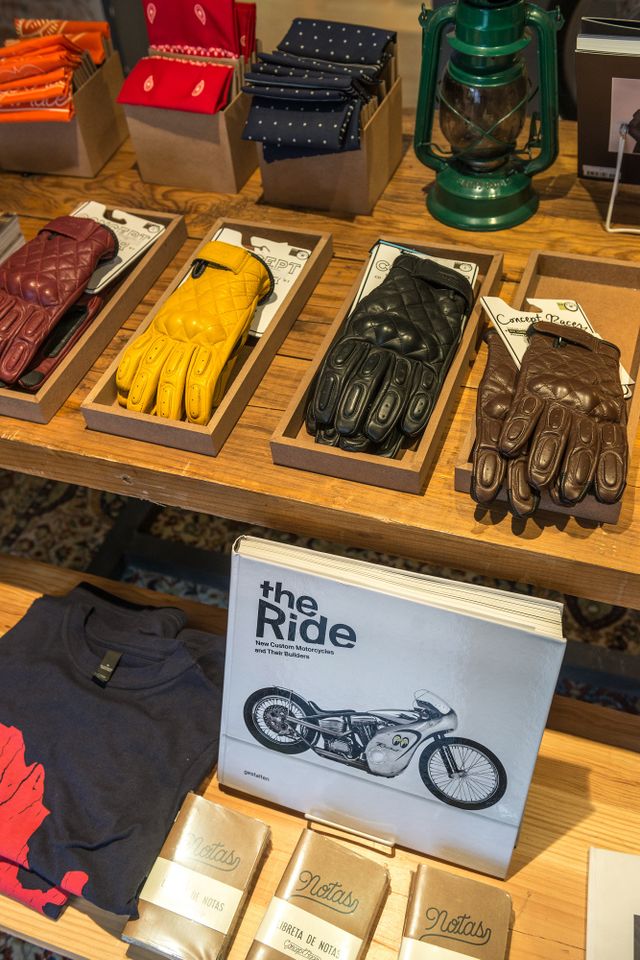
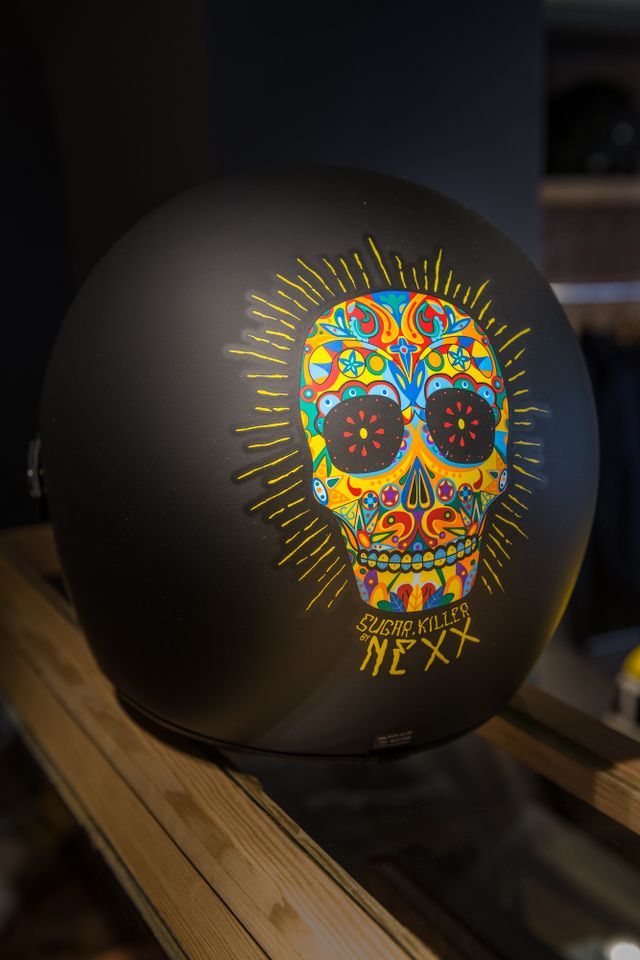
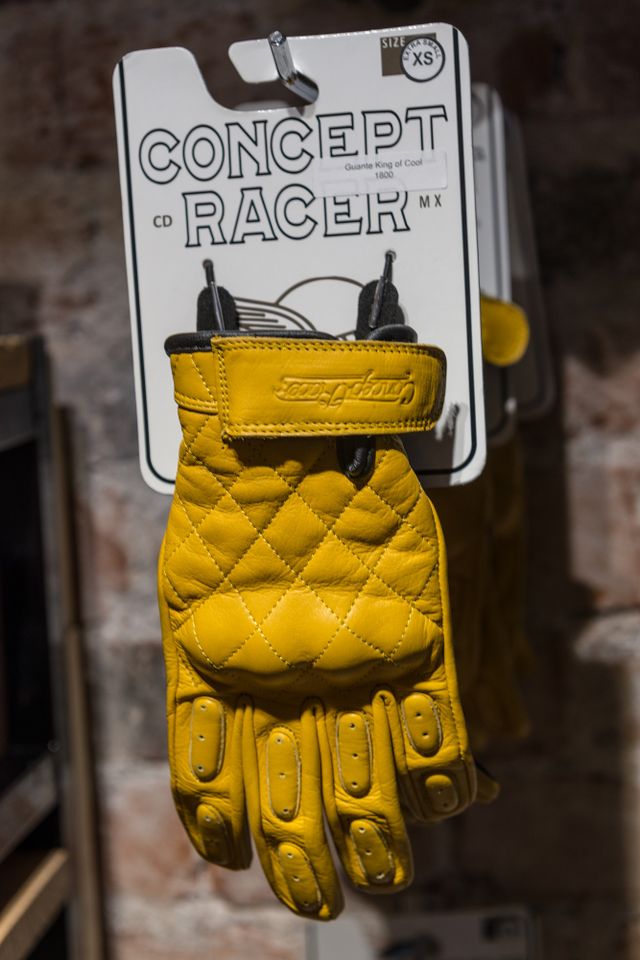
What this shop at Calle Colima shows you in miniature, you will find as a visitor of the city everywhere in a bigger context. Although the famous museums in Chapultepec Park are housed in the modernist behemoths typical of the 1960s, they were also decorated with pre-Columbian grandeur using indigenous figures and patterns. The library on the NAM university campus in the south of the city also looks as if an Aztec king had had enough of pyramids for a while and embraced brutalism. The cathedral in the historic centre was built of stones that were looted from the Aztec pyramid that first stood on this site.
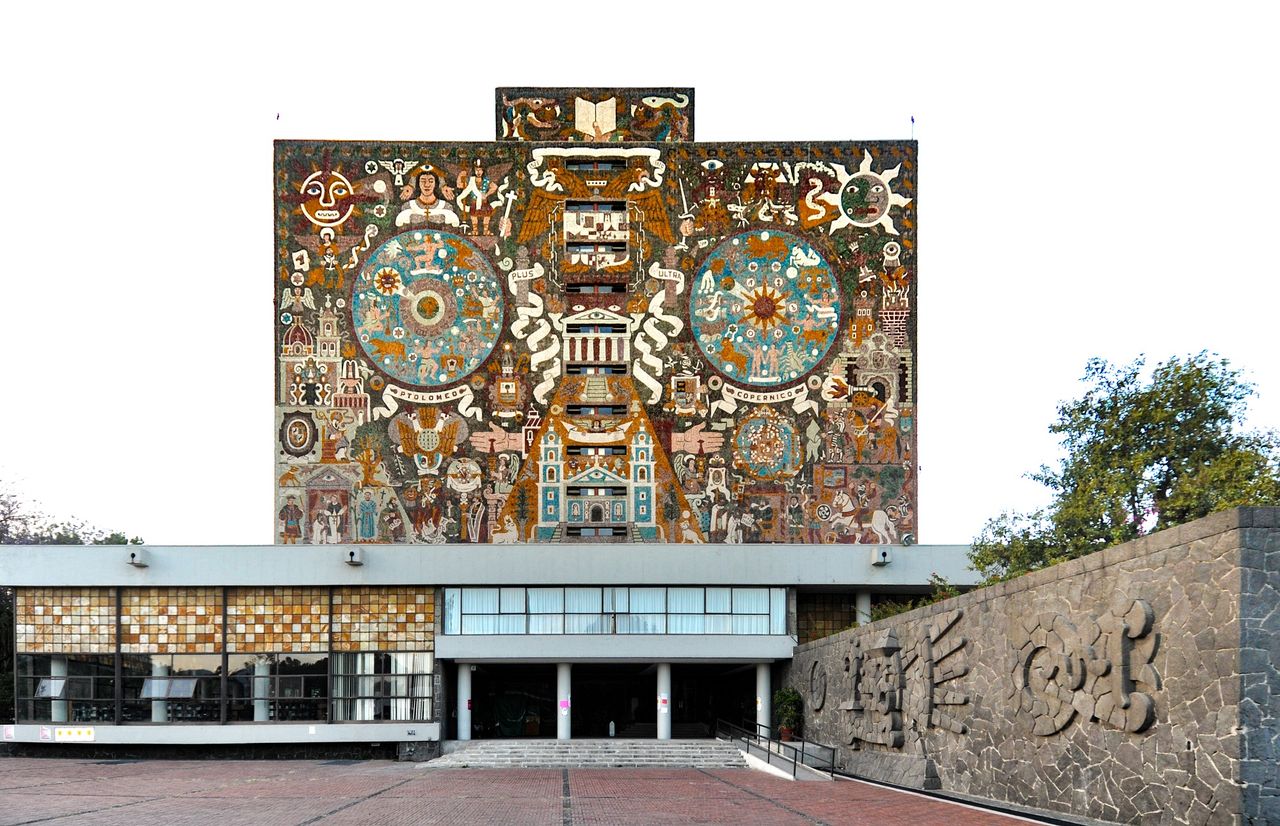
World Design Capital of 2018
In the opening scenes of the most recent James Bond film, Spectre, the world is briefly reminded of what the centre of Mexico City looks like today: beautiful colonial architecture, streets full of music, life, energy and culture. Yet the city is often underestimated. And even though it is not inferior to the other major attractions of North America, such as New York, Toronto and Los Angeles, certainly not when it comes to historical heritage. What's more, this year the city is thriving as the official World Design Capital of 2018. The programme is full of exhibitions, artist-in-residence programmes, educational projects and a variety of events culminating in the tenth edition of Design Week Mexico mid-October.
"This is the right time," says Andrea Cesarman, the director of Design Week Mexico, in the café of Blend, a design-focused concept store on the outskirts of the prosperous Polanco district. Blend is housed in a multi-storey building and is full of work by young Mexican designers. Cesarman and her organisation brought the Design Year to Mexico City, an honour that previously belonged to cities such as Helsinki, Cape Town, and Taipei. According to her, the city has developed strongly in recent years, but it is the potential that matters most. "A new generation has emerged. Even though we live in politically noisy times, we now see many positive things happening in the world of design, art and architecture."




One of the more prominent names in Mexican architecture is Fernando Romero. He has the right connections: he is the son-in-law of Carlos Slim, the telecom billionaire who occasionally alternates Bill Gates as the richest man in the world. Romero designed the Soumaya Museum, opened in 2011, a building in the shape of a gigantic glittering anvil in the newest part of Polanco, which houses his father-in-law's private collection. He is also responsible for the design of the city's new airport, together with the world-famous architectural firm Foster+Partners (known from London's Millennium Bridge and the new dome on the Berlin Reichstag building, among others). It is currently under construction and promises to be one of the world's largest and most sustainable airports.
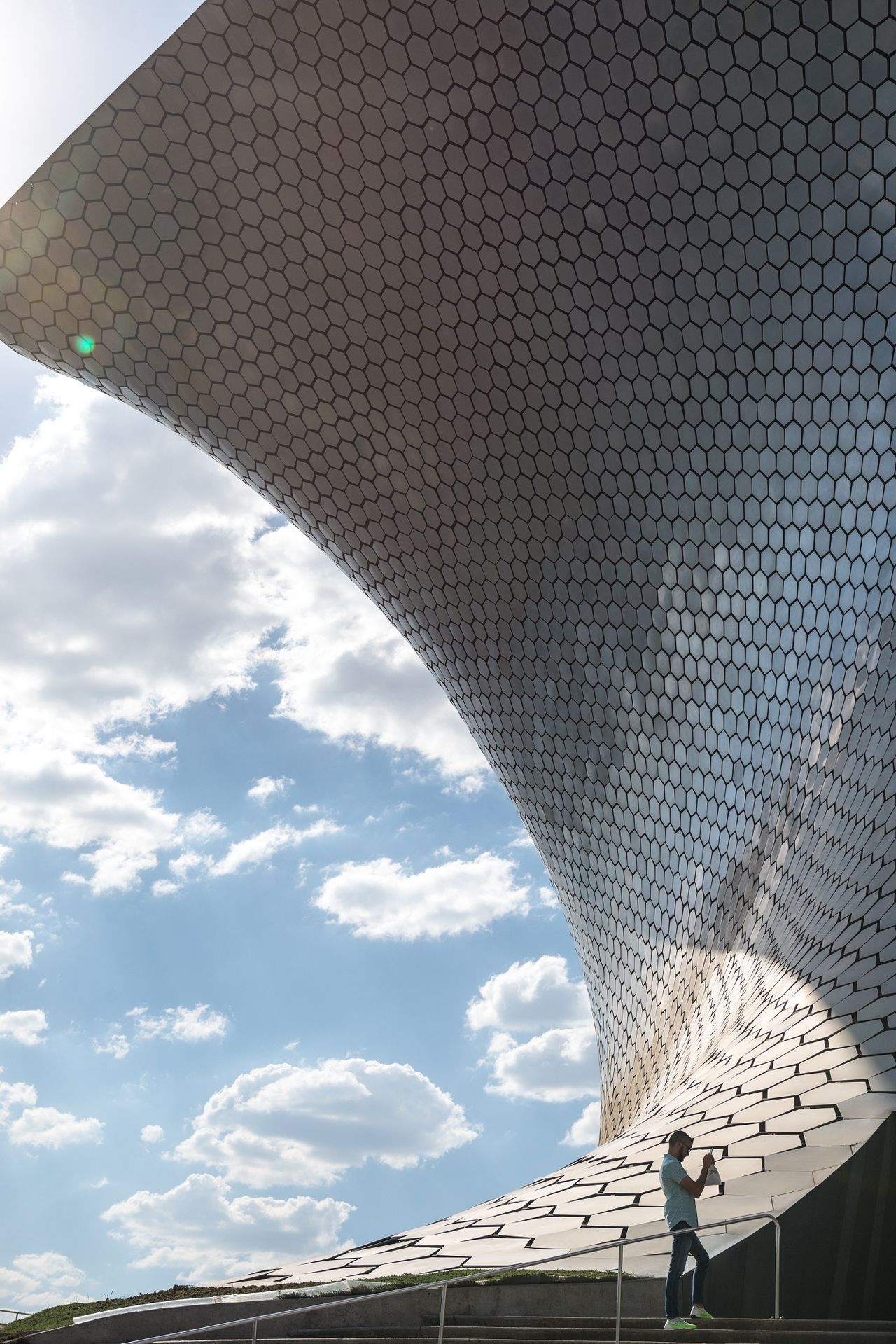
Mexican artisans and young designers
However, it is not only this kind of mega-projects that, according to Cesarman, make Mexico Designstad stand out the most. She likes to point out the enormous potential inherent in the army of Mexican craftsmen. One could think of small producers weaving traditional carpets or making wooden kitchen utensils, people who will usually not realise that in Mexico City there is such a thing as a Design Week where people come together to philosophise about their role in the country's future. The link between the two is formed by young designers that Cesarman talked about. They are attracted by the unregulated aspect of Mexico City. For example, design duo Ad Hoc, consisting of architect Mauricio Álvarez and industrial designer Juan José Nemer, breathe new life into old crafts by incorporating them into their furniture. "When we searched for the makers of the wooden wardrobes with which chocolate drinks made from water and cocoa have traditionally been frothed in Mexico, we discovered that these were originally made in a village twenty minutes away from Mexico City. It was the beginning of a collaboration with local craftsmen that continues today.



Emmanuel Picault, a French interior designer who exchanged 20 years of peace and quiet in Normandy for Mexico City, was also attracted to the chaos and informality of the city. From his office on the 32nd floor of the Torre Latinoamericano, he encourages those interested in the design year to look beyond slick modern product design, pointing out the window. "Look at the chaotic architecture in the streets, where a 16th-century church stands next to an ugly 1982 building. People working in the streets, the flea market. The chaos and confusion are also Mexican design. See that glass dome over there? That's the Palais des Beaux-Arts. The stage curtain is made of Tiffany glass. Inside you'll find murals by Diego Rivera."
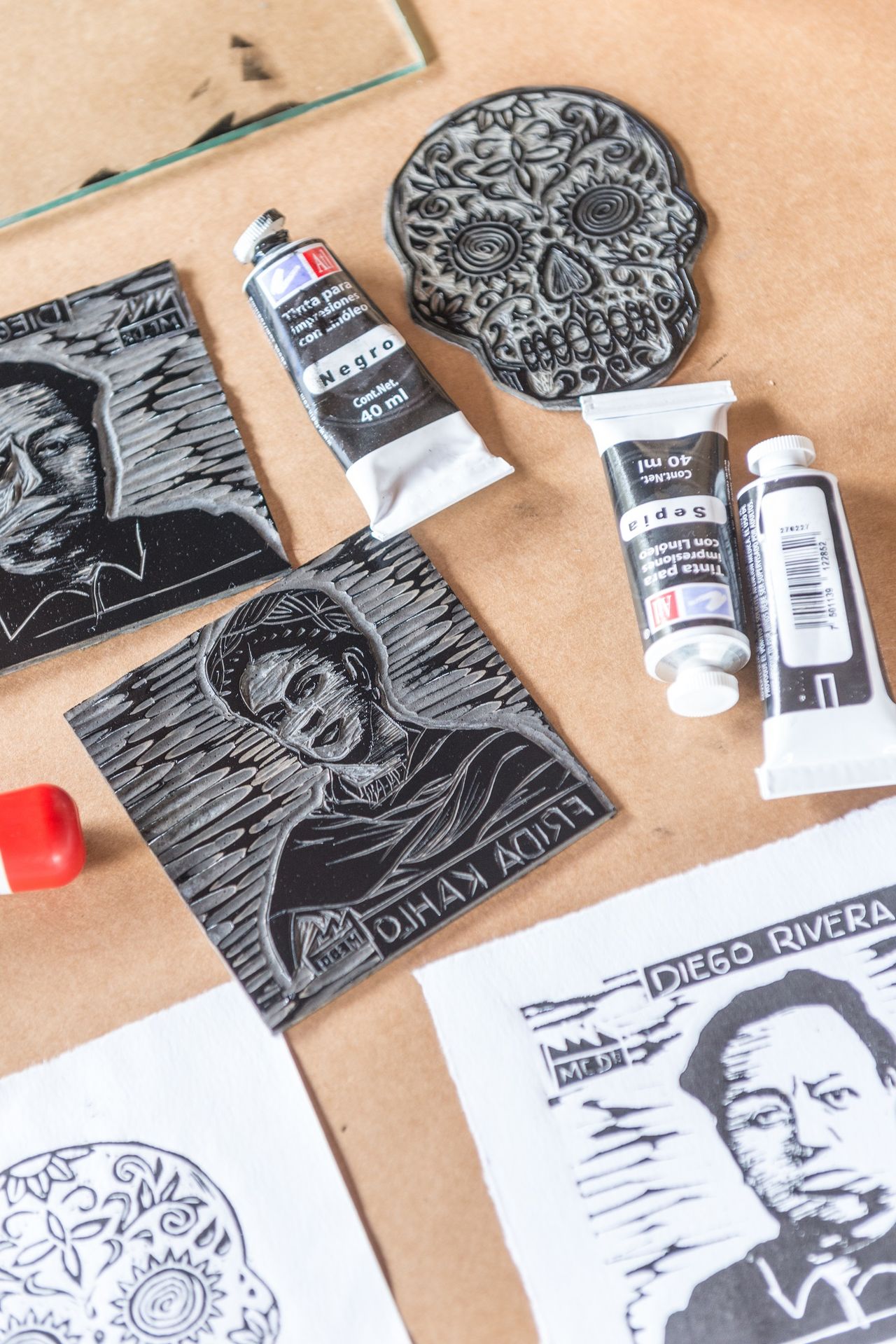
The Mexican middle finger is back.
Rivera, the husband of the famous artist Frida Kahlo, also had a fight with an American businessman and politician. One of his most famous paintings in the palace, El Hombre Controlador Del Universo, is almost identical to the version he once painted for the New York Rockefeller Center. Nelson Rockefeller had the original destroyed because Rivera had included a portrait of Lenin in it and refused to remove it. In the wide-ranging quarrel that followed, the muralist became the symbol of the difficult relationship between artistic freedom and economic power. In 2018 that proud Mexican middle finger will be back again.
Mini Design Guide
Design shopping in fancy Polanco
Onora Casa
Luxury textiles and objects designed and made in collaboration with Mexican craftsmen from indigenous communities.

Blend
Large three-storey design concept store with a great deal of attention to Mexican design; among other things, furniture by design duo Ad Hoc.

Esrawe Showroom
Showroom of interior and furniture design Héctor Esrawe. He also designed the interior of Parfurmerie Xinú on the top floor.
Sleeping in beauty
Nima local house hotel
This exclusive designer boutique hotel has only four suites and is located on Calle Colima, the most beautiful street in Roma, full of trendy cocktail bars, restaurants, and designer boutiques.
Las Alcobas
This hotel in Polanco is close to some of the best restaurants and galleries in town. It was designed by Yabu Pushelberg, the rock star among interior designers, with a spectacular rosewood spiral staircase in the lobby.
Carlota hotel
Design hotel near Paseo de la Reforma, the 'Champs-Élysées' of Mexico City. Entrance by design shop Taxonomia, specialising in the work of local designers.
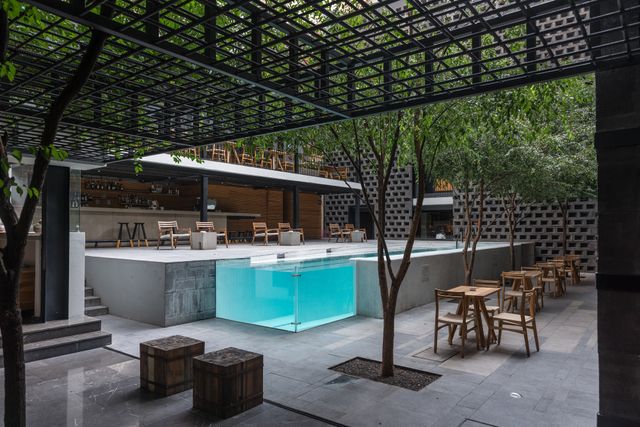
La Valise
Very exclusive boutique hotel with only three suites in Roma Norte. Furnished by Emmanuel Picault.
Downtown Mexico
Established in 17th century colonial heritage, with a hip industrial edge. The same property also includes design shops and a beautiful restaurant in the leafy courtyard, Azul Histórico.
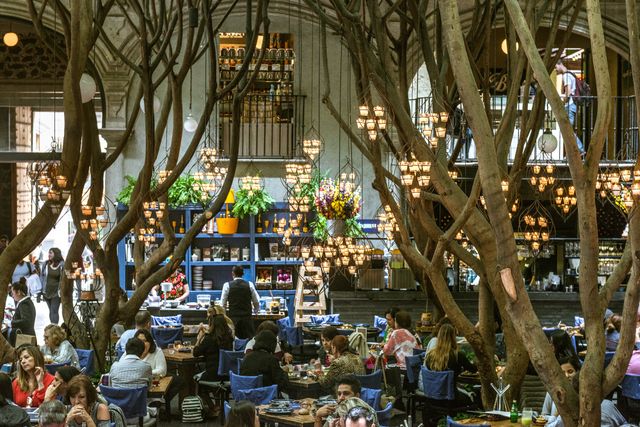
Art and architecture
Tacubaya Triangle
An often-overlooked corner of the city is the so-called Tacubaya Triangle. This is where the design gallery Archivo by architect Fernando Romero, the Unesco World Heritage-listed home of one of Mexico's greatest architects, Luis Barragán, and Labor, a leading contemporary art gallery, are located. All housed in modernist villas.
Modo
Museo del Objeto is a small museum on Calle Colima in Roma, dedicated to Mexican design with a focus on packaging, advertising and graphic design.
Gallery Kurimanzutto
One of the most prominent art galleries in Mexico City represents 34 Mexican and international artists in an exhibition space which in itself justifies a visit.
Vasconcelos Library
Even if you don't read a word of Spanish or replaced your bookcase with an e-reader years ago, this steel cathedral of knowledge is breathtaking.
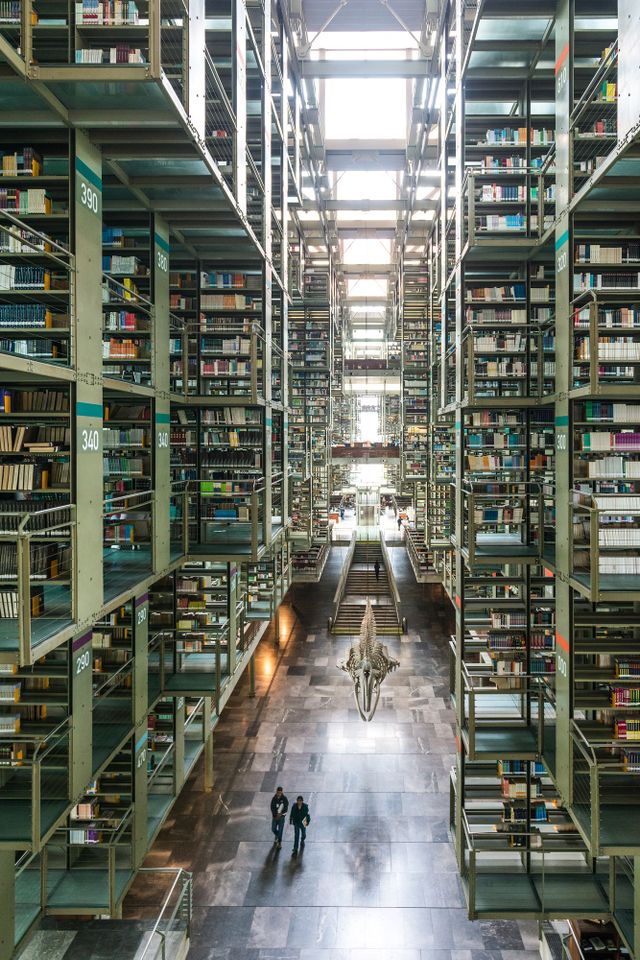
Chapultepec Park
The green heart of Mexico City is full of great museums, including the Museum of Modern Art, the Tamayo Museum of Contemporary Art, and the National Museum of Anthropology, all in beautiful architecture. If you have to choose, start with the latter.
Itinerary for inspiration
Has the cultural side of Mexico aroused your interest? We have put together a 12-day art and design trip to Mexico City and San Miguel de Allende for you. View the detailed travel description for this Unique Journey here. Do you have questions about a unique journey through Mexico, would you like a tailor-made travel proposal or would you like to make an appointment at our office? Please feel free to contact us. Send an e-mail to info@sapapanatravel.nl or call us on +31 73 610 62 04. We are happy to help.
